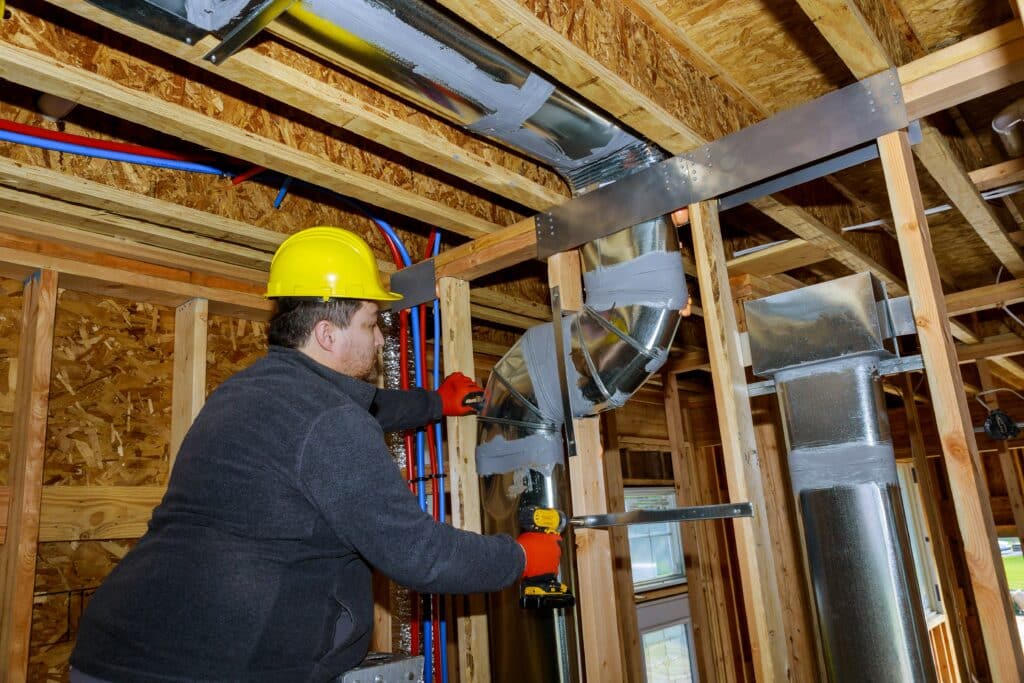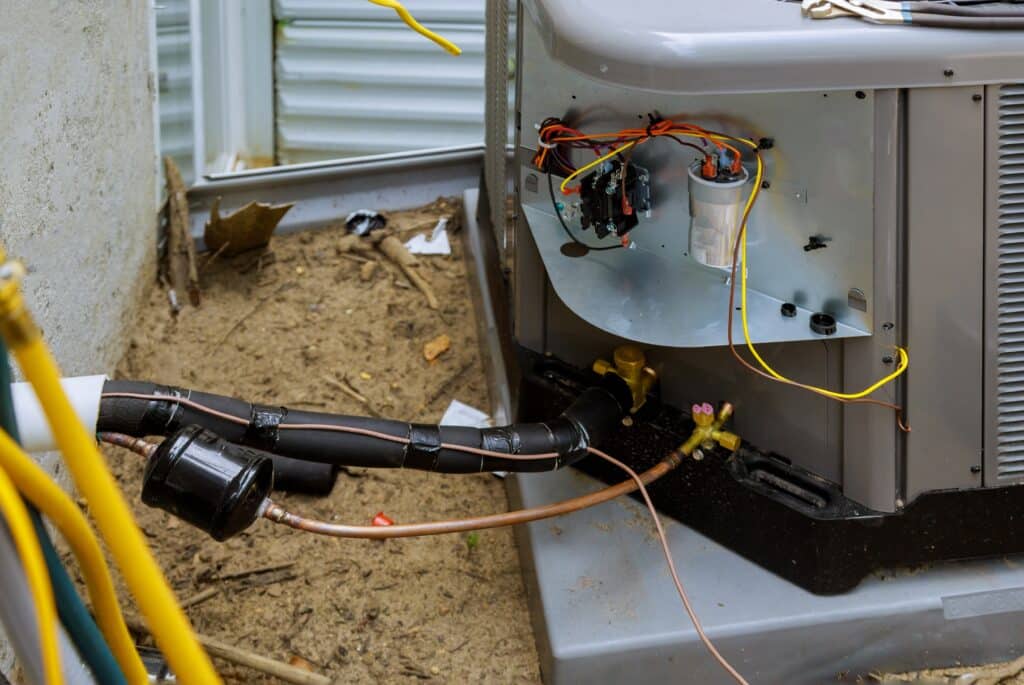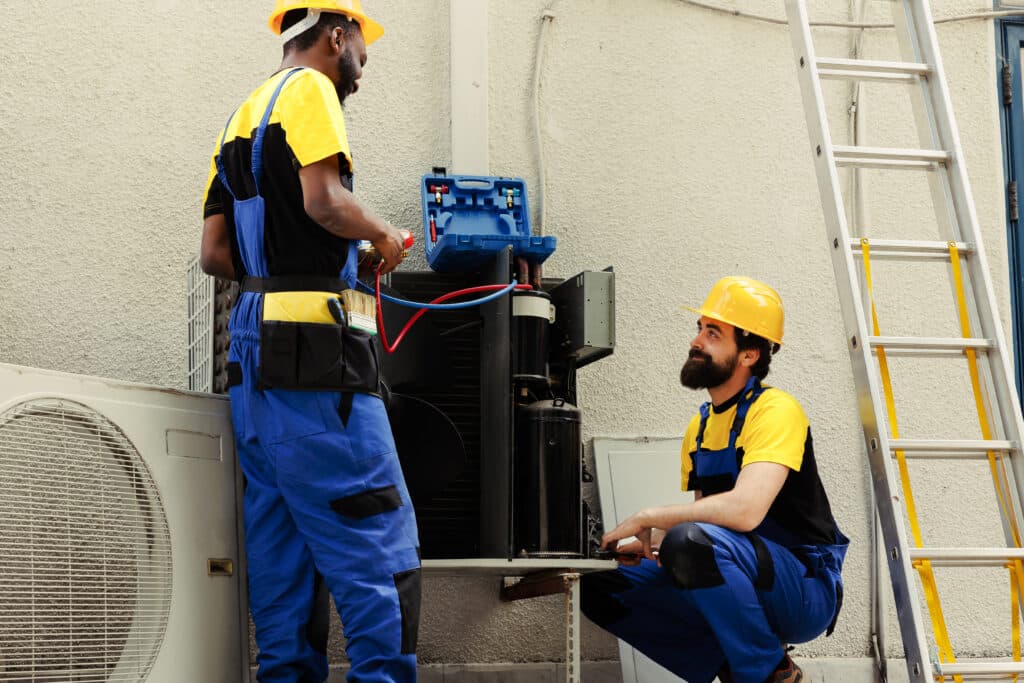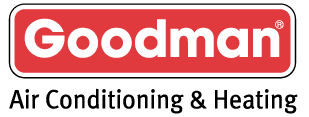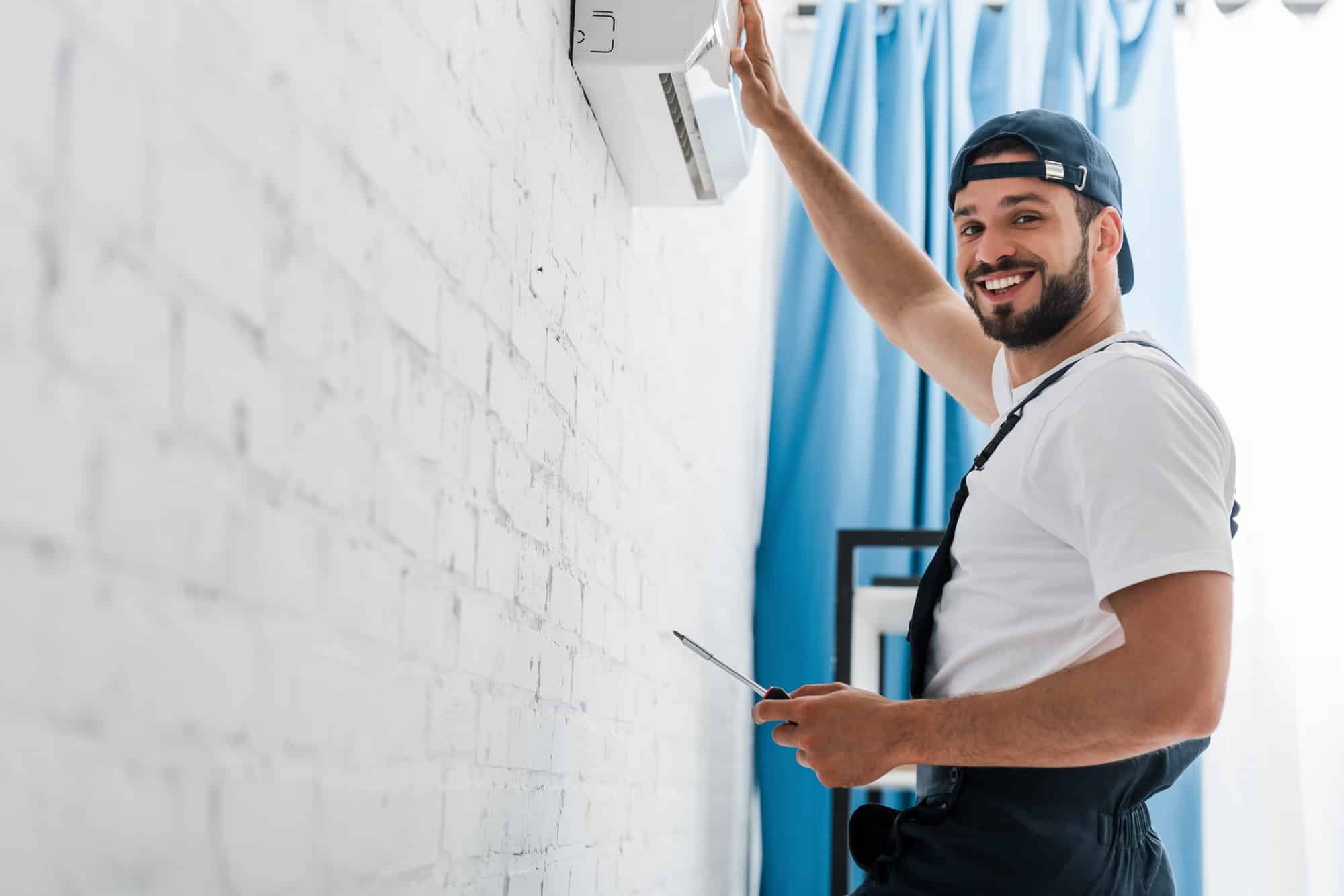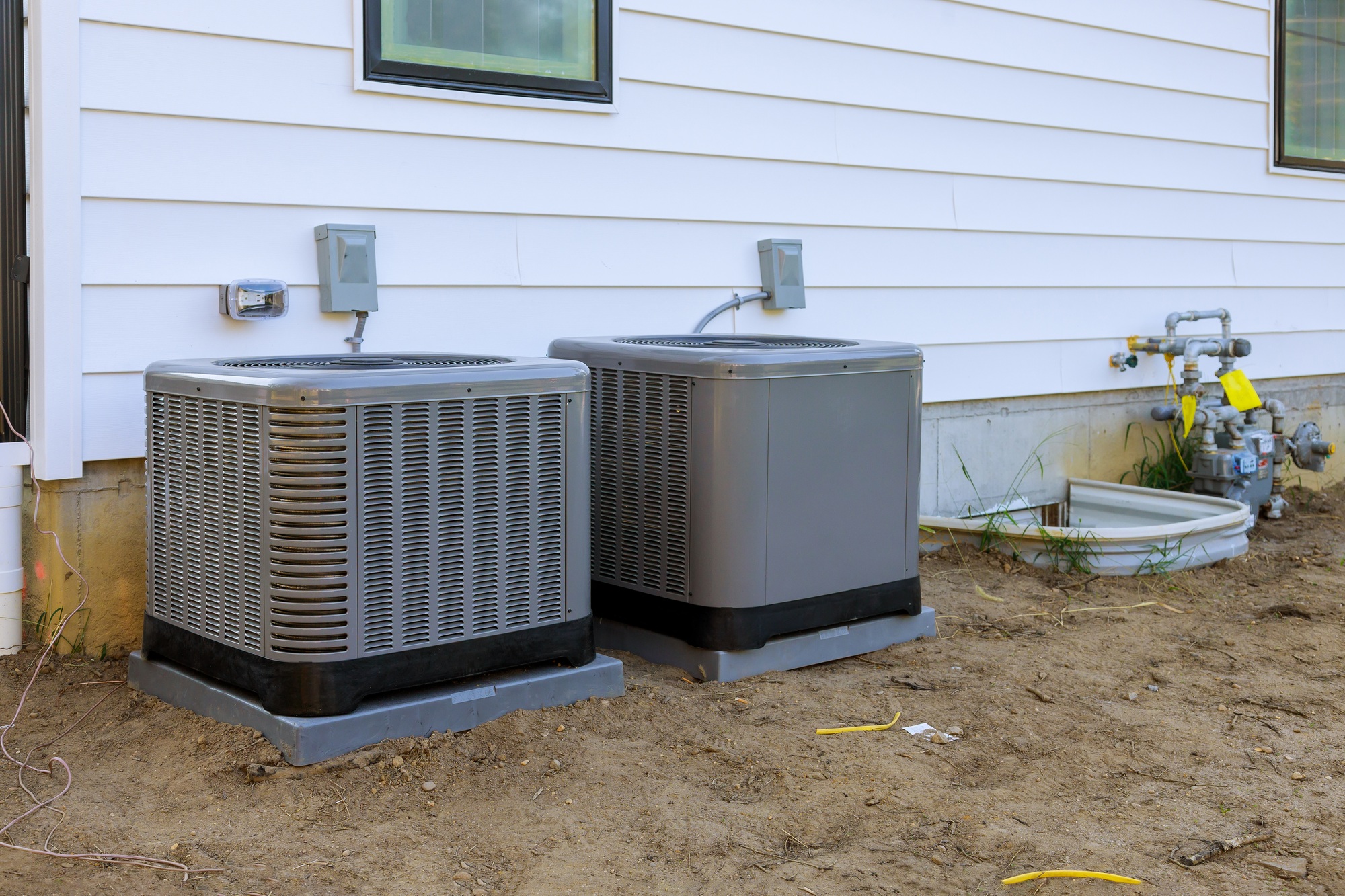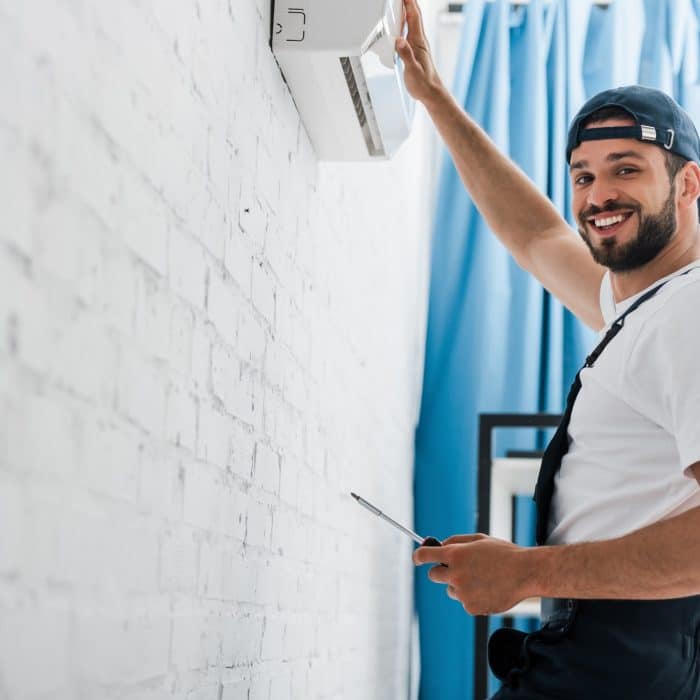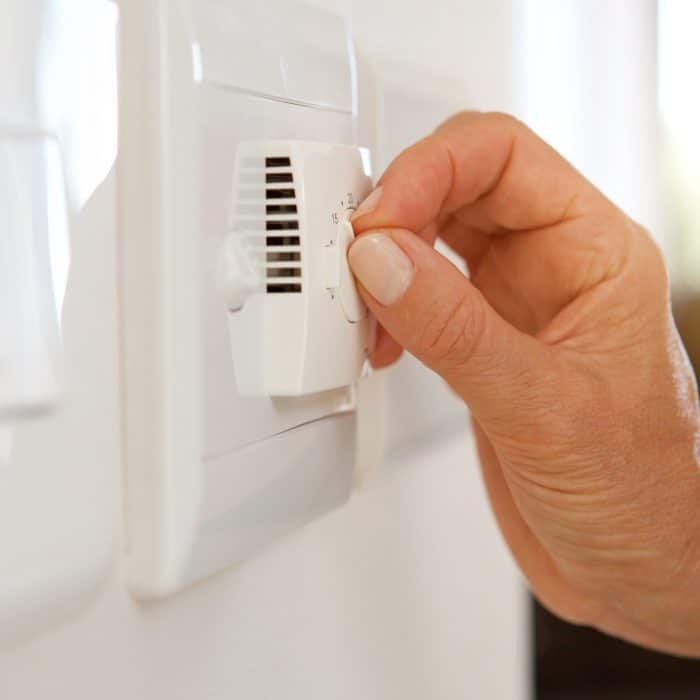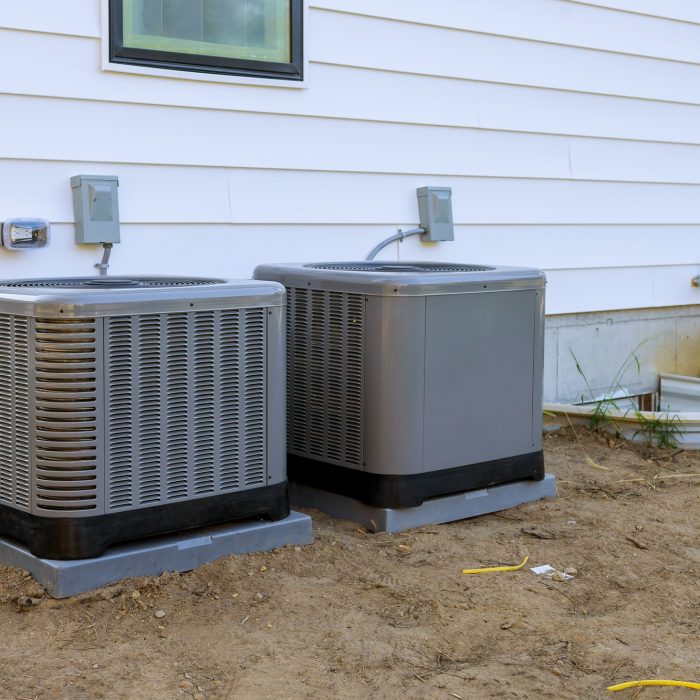
As the leaves begin to change and temperatures drop, it’s time to prepare your HVAC (Heating, Ventilation, and Air Conditioning) system for fall. Ensuring that your heating system is ready for the cooler months is crucial for maintaining comfort and efficiency. This article will highlight common issues that arise as the seasons change and provide effective solutions to ensure your HVAC system operates smoothly throughout the fall.
Importance of Fall HVAC Preparation
Preparing your HVAC system for fall helps prevent unexpected breakdowns, enhances energy efficiency, and ensures a comfortable indoor environment as temperatures fluctuate. Neglecting seasonal maintenance can lead to inefficiencies, higher energy bills, and discomfort as you transition from cooling to heating.
Common HVAC Issues in Fall
1. Dirty Air Filters
As fall arrives, leaves and debris can contribute to increased dust and allergens in your home. If air filters are dirty, they can restrict airflow, making your HVAC system work harder than necessary.
Solution: Check and replace your air filters monthly or as recommended by the manufacturer. Clean filters improve airflow, enhance indoor air quality, and increase system efficiency.
2. Thermostat Malfunctions
As you switch from cooling to heating, thermostat malfunctions can lead to improper temperature regulation. A faulty thermostat may not accurately read indoor temperatures, resulting in discomfort.
Solution: Test your thermostat before the heating season begins. If it’s not functioning correctly, consider recalibrating or replacing it with a programmable or smart thermostat for better control.
3. Insufficient Heating
When temperatures drop, homeowners expect their heating systems to provide adequate warmth. However, if your HVAC system is not heating your home effectively, it could be due to various factors, including duct leaks or a malfunctioning furnace.
Solution: Schedule a professional inspection to check for duct leaks, improper insulation, or other issues that may affect heating efficiency. Addressing these problems early can ensure consistent warmth throughout your home.
4. Clogged Drains
During the fall, condensate drain lines can become clogged with debris, leading to water leaks and potential water damage. Clogged drains can also cause your system to shut down due to safety features designed to prevent overflow.
Solution: Inspect and clean the condensate drain line to ensure proper drainage. Regular maintenance can prevent clogs and keep your HVAC system running efficiently.
5. Ignition or Pilot Light Issues
If you have a gas furnace, ignition or pilot light issues can prevent your system from operating correctly. A malfunctioning pilot light can lead to a lack of heat, causing discomfort on chilly evenings.
Solution: Check the pilot light and ignition system before you start using your furnace. If you experience issues, contact a licensed technician to inspect and repair any gas-related problems safely.
Steps to Prepare Your HVAC System for Fall
- Schedule a Professional Maintenance Check: Consider scheduling an annual inspection with a qualified HVAC technician like Generation Air Conditioning & Heating. We will perform a comprehensive check of your system, clean key components, and address any potential issues.
- Inspect Ductwork: Examine your ductwork for leaks or damage. Seal any visible gaps with mastic sealant or foil tape to prevent heated air from escaping.
- Clear Outdoor Units: Remove any debris, leaves, or vegetation around your outdoor unit. Ensuring proper airflow is crucial for efficient operation.
- Test Your Heating System: Before the cold weather sets in, run your heating system for a few hours to ensure it operates smoothly. If you notice any unusual noises or irregular heating, contact a professional for assistance.
